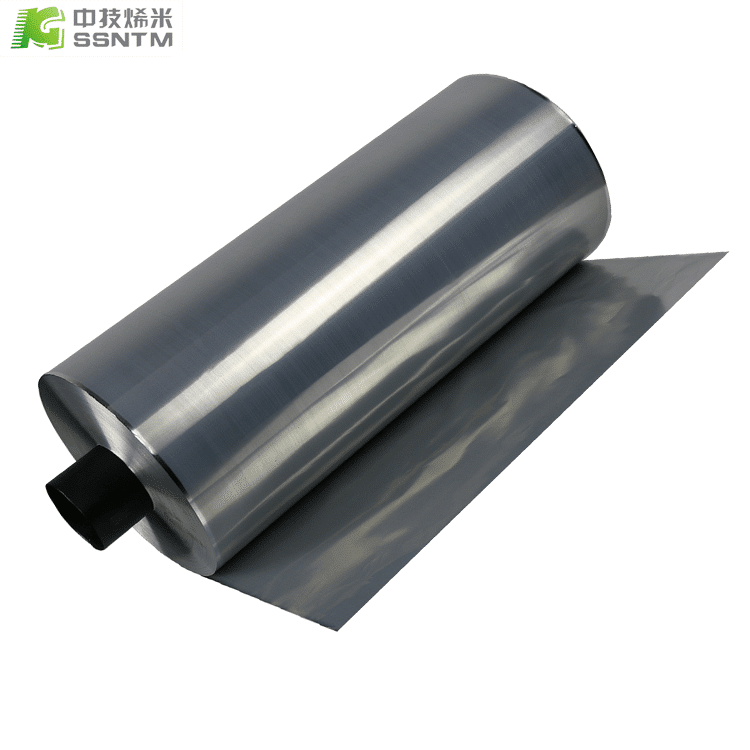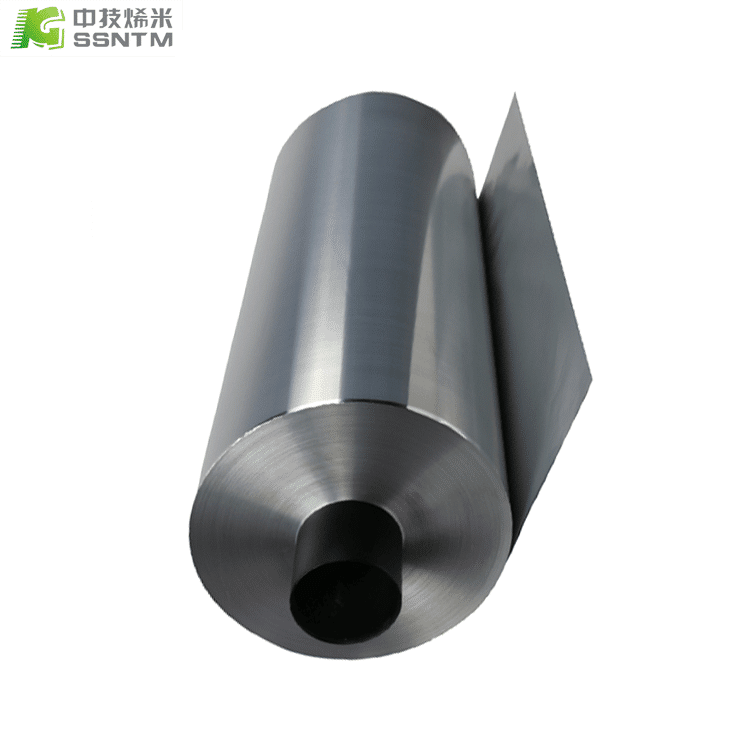What is the difference between current collector and electrode?
The electrode and current collector are two essential parts of a battery and they work together to enable the battery’s electrochemical reactions.
An electrode is a material that participates in the electrochemical reaction inside the battery. In a lithium-ion battery, for example, the positive electrode (cathode) and negative electrode (anode) are typically made of a metal oxide and graphite, respectively. These materials undergo chemical reactions during charging and discharging to store and release electrical energy.

The current collector is a conductor that connects the electrode to the external circuit. The current collector, typically a thin metal foil or mesh, is placed on both sides of the electrode layers in the battery. Its main function is to collect the electrons generated by the chemical reactions in the battery and conduct them to the external circuit, where they can be used to power devices.
The major difference between the electrode and current collector is that the electrode is directly involved in the electrochemical reaction whereas the current collector is not. Although both parts are necessary for the battery to function, they have different roles. The electrode provides the location for the redox reaction to occur, while the current collector simply collects and conducts the electrons generated by the electrode.
Both the electrode and current collector are critical for the performance and reliability of a battery. The design and selection of materials for both components can impact the battery’s energy density, power capability, cycle life, and safety.


